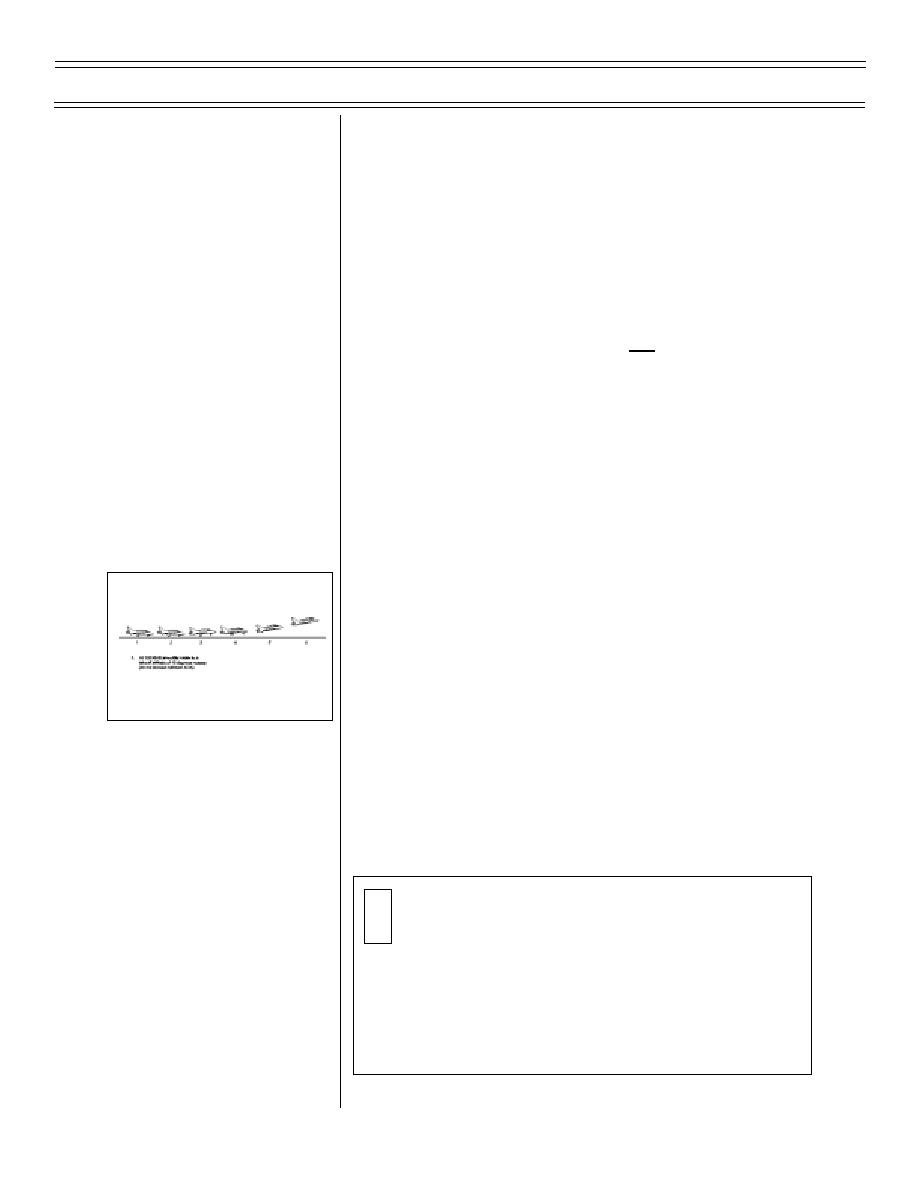
T-45C TS, ADV, & IUT BIFP-01
Instrument Takeoff and Climb with SID
K.
Primary instrument scan: ADI for heading, pitch,
airspeed, and AOA. Scan HSI and airspeed
indicators for congruency. Appropriately, scan
other control and performance instrument
readouts
NOTE: The front seat ADI indicates the same
pitch as established by the rear seat ADI. The
HUD velocity vector does not indicate aircraft
pitch attitude. Using the HUD, aircraft pitch can
only be estimated by the intersection of an
imaginary line tangent to the tops of the KIAS
and BARO-altitude boxes with the pitch ladder
centerline. The HUD velocity vector orients to
the pitch ladder and shows aircraft vector
movement, versus pitch. Until lift-off, the
velocity vector will indicate zero (0) on the HUD
pitch ladder.
L.
120 KIAS: Smoothly rotate the aircraft nose to
Sg 1, fr 8
+10 degrees pitch; do not exceed optimum
AOA. Anticipate lift-off between 126-130 KIAS
M. Primary instrument scan: ADI for heading, pitch,
bank, airspeed AOA, vertical velocity, and
ITO SEQUENCE
altimeter. Specifically, cross-check VSI and
altimeter gauges for confirmation of positive
climb indications. Scan HSI and airspeed
indicators for congruency. Appropriately, scan
other control and performance instrument
?
What instruments do you need in your scan
during the ITO?
ANSWER: In the beginning of the ITO, the ADI array
is primary because it displays multiple data readouts;
cross-check additional instrument and gauge sources
as the ITO progresses.
(4-01) Original
Page 1-6



 Previous Page
Previous Page
